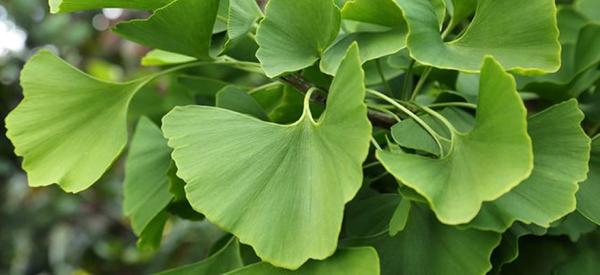
Ginkgo Biloba
Ginkgo or Ginkgo (Ginkgo biloba) is commonly known as the Maidenhair Tree. This large and hardy deciduous tree is referred to as a living fossil because fossilized remains have been found. Plants are either male or female.
The species is believed to have appeared several hundred million years ago and thought to be extinct until a specimen was discovered by a German naturalist in the late 1600s.
The recovery of the species is apparently owed to Chinese Buddhist monks who worked to save and cultivate these trees.
Today the trees are cultivated for both harvesting and horticultural purposes.
The History of Ginkgo Biloba
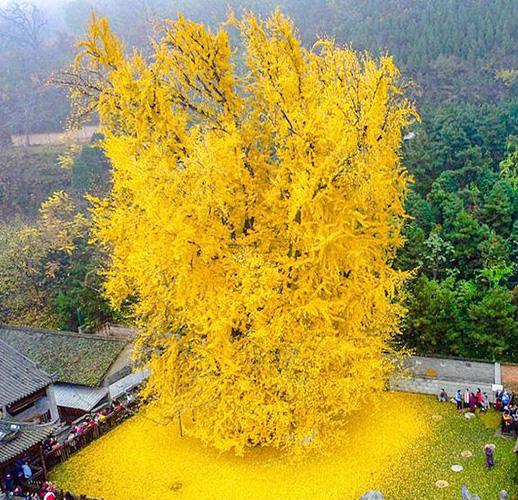 The Japanese regarded the tree as sacred and planted them around their temples. The plant material was also used in herbal preparations. It was in Japan that a European discovered the species for the first time in the late 17th century. A century later the plant was introduced into the US. These trees are grown commercially in a large area of China and in Korea and Japan. Some naturalization has taken place in each country with a limited number of trees now growing in the wild. Cultivation has been carried out for some 300 years in Europe and two centuries in the US.
The Japanese regarded the tree as sacred and planted them around their temples. The plant material was also used in herbal preparations. It was in Japan that a European discovered the species for the first time in the late 17th century. A century later the plant was introduced into the US. These trees are grown commercially in a large area of China and in Korea and Japan. Some naturalization has taken place in each country with a limited number of trees now growing in the wild. Cultivation has been carried out for some 300 years in Europe and two centuries in the US.
Several cultivars have now been produced as the female trees are not popular in gardens or as street trees because of the bad-smelling fruit and high pollen/allergen rating. There are now female cultivars that produce no pollen at all and golden fall foliage. They are also a popular species for use as bonsai trees.
Where this Plant is Found
Fossil evidence indicates that Ginkgo biloba once had almost worldwide distribution but that its range shrank over millennia until it was restricted to part of China. All the trees that are found today are so similar genetically that it’s highly unlikely to be a natural population. This is evidence of the preservation of this species by Chinese monks.
Now that this tree has been introduced globally, it is found growing in diverse climates and conditions.
Related: The Complete Map of Edible Plants: Find Out What You Have in Your Area! (Video)
How to identify Ginkgo Biloba
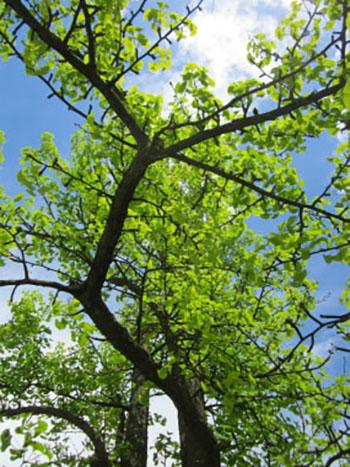
Ginkgo biloba trees were cultivated and used in China originally forming part of Traditional Medicine. The first records date to the 15th century. It was primarily used to ease asthma symptoms, boost sexual performance, and improve cognitive performance and health. The fruit and nuts were also consumed.
The Ginkgo is a strong, hardy tree that can live for an extraordinarily long time. The oldest recorded tree is thought to be 2,500 years old! In the wild (which is most uncommon), these plants grow in silty, acid, well-drained, fine soil. They can reach a height of 66 – 115 feet / 20 – 35 meters although old specimens are even larger.
In terms of shape, young trees are usually tall and thin with sparse branches. The crown broadens as the tree ages, and it becomes more angular with erratic branches.
They are dioecious, i.e., there are male and female plants. It is almost impossible to differentiate the sexes until the flesh-covered seed forms. These are only produced by the female trees. The female tree produces ova and the male produces motile sperm (within airborne pollen) which fertilizes the ova.
 Leaf: The leaves are large (4 ¾ inches / 12 centimeters across) and have a distinctive fan shape. Both sides are the same green and have stomata. They form on branch tips and on shorter spur shoots. The leaves that form on the tips of short shoots will also be where the reproductive structures form. The bright green leaves turn a deep yellow in fall.
Leaf: The leaves are large (4 ¾ inches / 12 centimeters across) and have a distinctive fan shape. Both sides are the same green and have stomata. They form on branch tips and on shorter spur shoots. The leaves that form on the tips of short shoots will also be where the reproductive structures form. The bright green leaves turn a deep yellow in fall.
 Flower: The flowers are yellowy-green.
Flower: The flowers are yellowy-green.
The male flowers are small and form hanging catkins that reach a length of up to 3 inches / 8 centimeters.
The female flowers have a single pistil and are tiny (half the size of the male flowers). Each bloom forms on a separate short stem.
 Root, trunk, and stems: The main root is a tap root that grows to great depths. One possible reason for the extraordinary survival and longevity of the Ginkgo is that a tree can send out shoots from the base of the trunk if the ground around it becomes unstable. It can also produce aerial roots on the underside of branches which produce clone plants.
Root, trunk, and stems: The main root is a tap root that grows to great depths. One possible reason for the extraordinary survival and longevity of the Ginkgo is that a tree can send out shoots from the base of the trunk if the ground around it becomes unstable. It can also produce aerial roots on the underside of branches which produce clone plants.
 Fruit: The ovules, once they have been pollinated, develop into fruit-containing seeds. Trees don’t usually produce fruit until they are about 20 years old. The new fruit is green, and it turns yellow or pale orange when ripe and develops an extremely unpleasant smell. The fruit is inedible.
Fruit: The ovules, once they have been pollinated, develop into fruit-containing seeds. Trees don’t usually produce fruit until they are about 20 years old. The new fruit is green, and it turns yellow or pale orange when ripe and develops an extremely unpleasant smell. The fruit is inedible.- Seed or nut: The seed is eaten, especially as part of Asian cuisine. The outer layer of the seed or nut is thin and papery. The edible nut is at the center. Nuts should not be eaten raw and even prepared ones should be consumed in limited quantities or they can cause severe gastric upset.
Given the leaf shape is not found in any other tree, this is probably the best way to identify the plant. This is, of course not an option in late fall or winter when all the leaves have fallen!
How to Care for Ginkgo Biloba
These trees can be propagated from seed but are more usually planted as saplings, and they are easy to grow. While they are not fussy – and incredibly hardy – they will be happiest in a deep soil and in full to partial sun and where the soil drains well.
Ginkgo trees are popular in gardens and urban settings because they are attractive, can cope with drought and poor air quality, are resistant to pests and most diseases, don’t mind the heat, tolerate poor soil, are not particular as to soil pH, and are left alone by rabbits and deer. A further feature that may be ideal or less so for some is that these trees grow slowly (12 inches / 30 centimeters a year). Saplings may need to be staked until they have gained some height and the young trunk has begun to strengthen. Established, young plants can also be transplanted if it is done carefully so the roots are not damaged. Young trees do require regular watering.
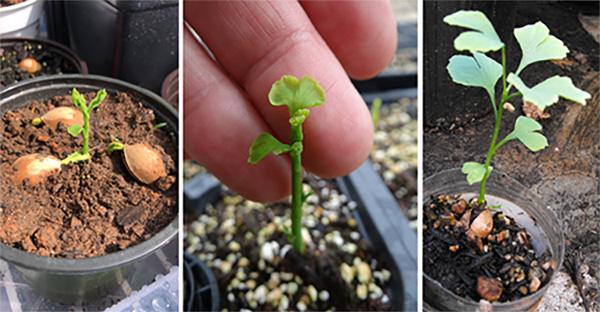
Maidenhair Trees are unlikely to require fertilizing, including when they are first planted. If you need to fertilize these trees because, for example, the leaves are paler or smaller than before or they should be, use a dry, slow-release, balanced fertilizer. You can also use well-rotted manure or good-quality all-purpose compost instead of fertilizer. Don’t use nitrogen-rich fertilizers or fertilize during periods of prolonged drought. Apply this in late winter or early spring before the leaf buds appear.
To calculate how much fertilizer your tree needs, measure the circumference of the trunk approximately 4 feet / 1.2 meters above ground level. Use 1 pound / ½ kilogram of fertilizer for every 1 inch / 2 ½ centimeters of diameter (the diameter = circumference divided by 3.14). Sprinkle the fertilizer evenly over the soil from the trunk out to the drip line (edge of the outermost branches) and water the fertilizer in thoroughly so that it soaks down to the root.
These trees have a lovely natural shape. However, if you need to trim off lower branches or shape the tree you can do so at any stage during the year.
Related: The 10 Medicinal Seeds You Should Plant for a Complete Backyard Pharmacy (Video)
How to Harvest and Prepare this Ginkgo Biloba
You can either harvest the leaves or the fruit/seeds or both, depending on what you want to use the plant material for.
Leaves:
Harvesting leaves
 Ginkgo leaves are harvested in summer or early autumn
Ginkgo leaves are harvested in summer or early autumn- To remove the leaves, bend the leaf backward so that the shortleaf stem breaks off cleanly from the branch node
- Don’t remove the branch nodes
- Avoid damaging branches
- Don’t over-harvest leaves; this can affect the health of young trees.
Processing leaves
- Harvested leaves should be rinsed under cool water to remove any debris
- Allow the leaves to reach room temperature before chopping them into small pieces
- Dry the leaves:

- In a fan assisted oven set to 100 Fahrenheit / 40 Celsius
- On a drying screen somewhere warm and well-ventilated but out of the sun
- In the microwave, between two paper towels and on high for 60 seconds (add 15-second bursts until fully dry).
Dry the leaves as quickly as possible as this preserves the active ingredients and greatly reduces the chance of microbial growth. You will know that the leaves are dry when the stalks snap, and the leaves break up when pressure is applied.
Related: “Healthy Pringles”: The Nutritious Leaves That Make Crispy Chips (Video)
Fruit/seeds:
Harvesting fruit/seeds
 The fruit is ready for harvesting when the outer flesh turns yellow or orange and begins to emit a strong (and most unpleasant) odor
The fruit is ready for harvesting when the outer flesh turns yellow or orange and begins to emit a strong (and most unpleasant) odor- Wear gloves when harvesting as contact with the fruit and seeds can cause an allergic reaction such as severe rash
- Pull and twist the fruit gently to remove it.
Processing fruit/seeds
 Wearing gloves, place the fruit into a container of cool water. This softens the flesh / outer coating and makes it easier to remove
Wearing gloves, place the fruit into a container of cool water. This softens the flesh / outer coating and makes it easier to remove- Remove the outer layer to remove the seed/nut. You can remove the flesh when the fruit is underwater as this diminishes the foul smell to a degree
- Dispose of the flesh as it is not edible
- Rinse the seeds well in clean water and dry them.
To obtain the inner, bright green kernel, you can roast, fry, bake, or even boil the nuts. This softens the outer layer enough to allow you to peel or crack it. Some liken the taste and texture to edamame. Consuming more than 8 a day, however, can cause poisoning.
Dried seeds can be frozen for up to 24 months
What Ginkgo Biloba is Good For & Natural Remedies Made from it
The active ingredients in Ginkgo Biloba leave and fruit, such as phenolic acids and glycosides, may be responsible for multiple properties including:
- Anti-inflammatory: may help with arthritis, IBS, and other inflammatory illnesses
- Antioxidant

- Improving cardiac and circulatory health
- Reducing symptoms associated with dementia and some psychiatric illnesses
- Enhances brain function
- Reduce anxiety
- Promote eye health by improving circulation
- Ease inflammation-related headaches
- Treats male sexual dysfunction
It should be noted that, while there are centuries of anecdotal evidence, there is extremely limited clinical research and findings to support these claims. In addition, the research that has been conducted has focused on Ginkgo Leaf Extract.
Related: Add This “Unusual Nutrient” to Coffee or Tea, to Effortlessly and Fully Empty Your Bowels Every Single Morning (Video)
What Parts of the Plant are Used
It is the leaves that are used in commercial Ginkgo products. Many home remedies also rely on the leaves rather than the seeds or kernels.
The following are widely available:
- Whole fresh leaves
- Dried leaves
- Extracts
- Leaf powder
- Tinctures
- Capsules/tablets containing leaf powder.
Tea and tinctures can be made at home using leaves or powder. You can also eat the nuts but in extremely limited quantities.
A DIY Ginkgo Biloba recipe
A useful way to prepare and ingest this plant in tincture form. This can be done at home even if you have no access to trees or fresh plant material.
Ingredients
- 3 tablespoons dried Ginkgo leaves
- 1 ¾ cups / 400 milliliters of 80% + proof alcohol
Method
- Place the leaves in a suitable jar such as a mason jar
- Add the alcohol

- Store the container in a dark place for 2 – 6 weeks and shake the jar daily

- Strain the liquid through cheesecloth and – if you need to – for a second time through filter paper to remove all the leaf particles

- Decant the mixture into glass dropper bottles.

You can use 10 – 30 drops a day in the water.
Dosage
As with most plant-based remedies, particularly ones where there has been limited study and research, there aren’t set, standardized doses. In addition to a lack of clinical data, the various preparations vary in potency.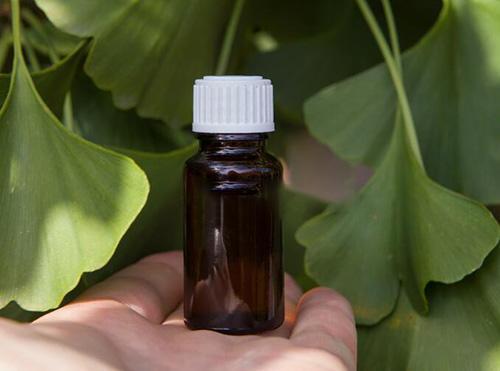
Follow the directions of your healthcare practitioner or the manufacturer’s instructions. It’s often recommended that you begin on a lower dose and build up. Also, keep in mind that these remedies may take up to 6 weeks before you notice any effects or benefits.
What Plants Resemble Ginkgo Biloba?
In response to the question, “What plants look like Ginkgo?”, the answer is: “None”. This is thanks to the fact that there are no trees or even large trees with the same leaf. If the Maidenhair Tree is in leaf, it can’t be mistaken for anything else.
The only identification problem is differentiating between male and female trees. The bottom line is that you can’t tell the difference until the tree is mature and it flowers!
| Feature | Female | Male |
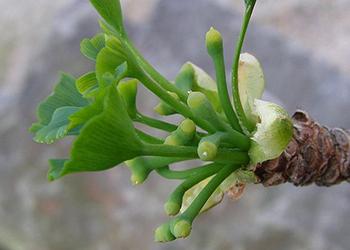 |
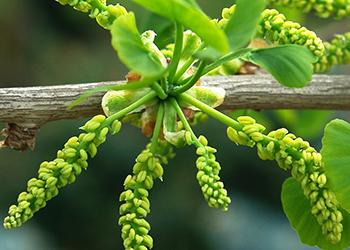 | |
| Flowers | Tiny yellowy-green flowers; each bloom forms on a separate short stem and has a single pistil | Small yellowy-green flowers twice the size of female blooms; form catkins 3” / 8 cm long |
| Fruit | Green initially and yellow or orange when ripe; extremely unpleasant smell; inedible | None |
| Seeds / nuts | One per fruit; papery outer layer; hard shell enclosing the bright green kernel; the kernel is edible in limited quantities | None |
Most gardeners only want male trees as the fruit from the female both make a mess and smell terrible. The way to ensure you get a male is to buy a sapling from a reputable supplier and/or buy a male-only cultivar.
Warning and Cautions
Just because a remedy is natural or plant-based does not necessarily mean it is safe for everybody. There are records of adverse reactions to Ginkgo leaf extract and even reactions to the pollen. In addition, certain individuals or groups should avoid this plant:
- Those who are taking blood-thinning medications
- Pregnant and breastfeeding women
- Individuals who are allergic to mangoes, cashews, and poison ivy
- Patients taking SSRIs/MAOIs/antidepressants (for example, Prozac and Zoloft)
- NSAIDS analgesics such as Ibuprofen and Tylenol.
Adverse reactions may include dizziness, headaches, rashes, stomach pain, diarrhea, and nausea. It may also increase the chance of bleeding in people at risk of the medical issue.
As with any remedy or treatment – natural or otherwise – always consult your healthcare practitioner before you use it!
You may also like:
 How to Identify the Ginkgo Biloba Tree: Does It Grow on Your Street?
How to Identify the Ginkgo Biloba Tree: Does It Grow on Your Street?
The ‘Superweed’ That Saved Large Communities During The Great Depression (Video)

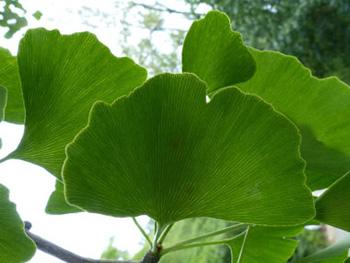 Leaf: The leaves are large (4 ¾ inches / 12 centimeters across) and have a distinctive fan shape. Both sides are the same green and have stomata. They form on branch tips and on shorter spur shoots. The leaves that form on the tips of short shoots will also be where the reproductive structures form. The bright green leaves turn a deep yellow in fall.
Leaf: The leaves are large (4 ¾ inches / 12 centimeters across) and have a distinctive fan shape. Both sides are the same green and have stomata. They form on branch tips and on shorter spur shoots. The leaves that form on the tips of short shoots will also be where the reproductive structures form. The bright green leaves turn a deep yellow in fall.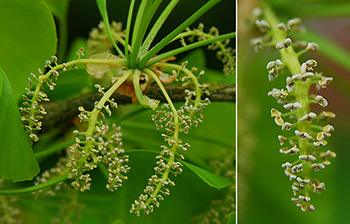 Flower: The flowers are yellowy-green.
Flower: The flowers are yellowy-green.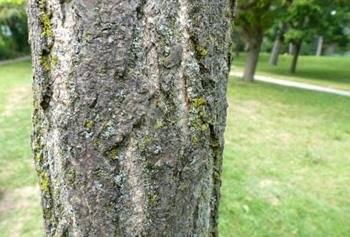 Root, trunk, and stems: The main root is a tap root that grows to great depths. One possible reason for the extraordinary survival and longevity of the Ginkgo is that a tree can send out shoots from the base of the trunk if the ground around it becomes unstable. It can also produce aerial roots on the underside of branches which produce clone plants.
Root, trunk, and stems: The main root is a tap root that grows to great depths. One possible reason for the extraordinary survival and longevity of the Ginkgo is that a tree can send out shoots from the base of the trunk if the ground around it becomes unstable. It can also produce aerial roots on the underside of branches which produce clone plants.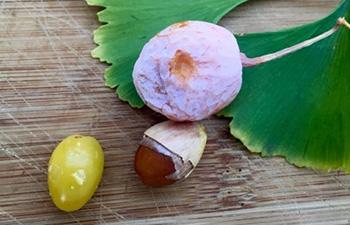 Fruit: The ovules, once they have been pollinated, develop into fruit-containing seeds. Trees don’t usually produce fruit until they are about 20 years old. The new fruit is green, and it turns yellow or pale orange when ripe and develops an extremely unpleasant smell. The fruit is inedible.
Fruit: The ovules, once they have been pollinated, develop into fruit-containing seeds. Trees don’t usually produce fruit until they are about 20 years old. The new fruit is green, and it turns yellow or pale orange when ripe and develops an extremely unpleasant smell. The fruit is inedible.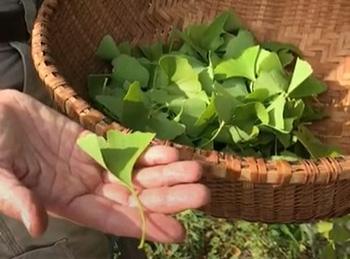 Ginkgo leaves are harvested in summer or early autumn
Ginkgo leaves are harvested in summer or early autumn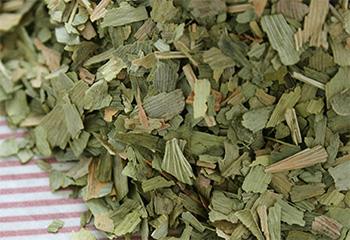
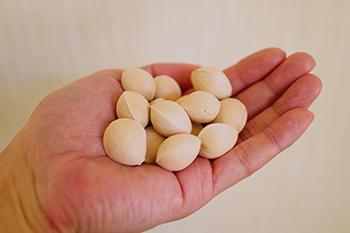 The fruit is ready for harvesting when the outer flesh turns yellow or orange and begins to emit a strong (and most unpleasant) odor
The fruit is ready for harvesting when the outer flesh turns yellow or orange and begins to emit a strong (and most unpleasant) odor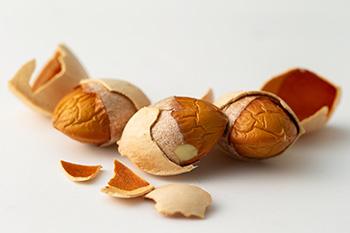 Wearing gloves, place the fruit into a container of cool water. This softens the flesh / outer coating and makes it easier to remove
Wearing gloves, place the fruit into a container of cool water. This softens the flesh / outer coating and makes it easier to remove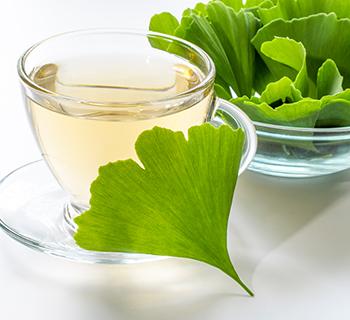
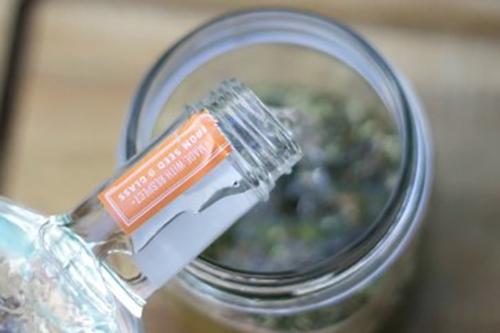
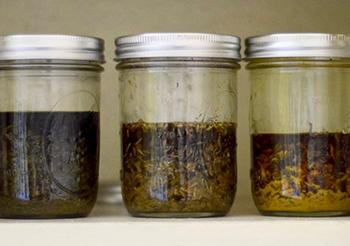
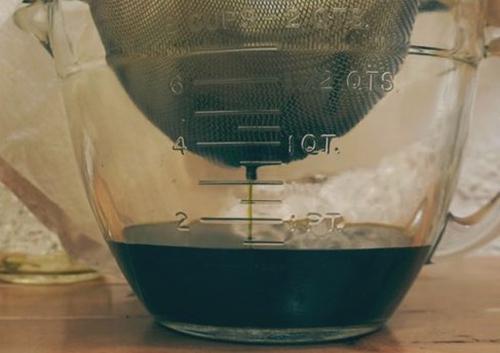
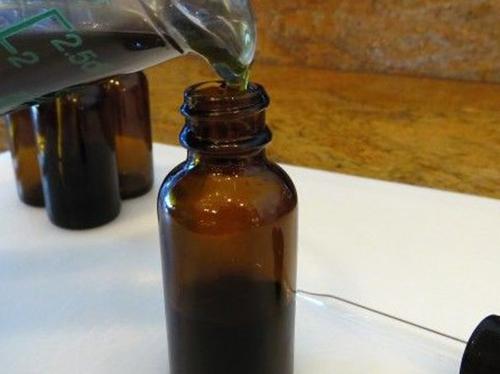
Hello, Just want to mention that you say the male tree smells bad and further down it says the female tree that has the unpleasant smell. thks
I would say that neither smell bad….the fruits can after being left …but the tree not at all…Often it takes years to know which you have. We thought we had a male since it never bared fruits and maybe after 20 years of living in same house it started dropping fruit
I think Ginko is an evolutionary bridge between conifers and hardwoods. The leaves have parallel veins unlike the hardwood net-veined leaves.
The female tree produces the fruit which has the terrible smell once the fruit drops and starts to decay. The male tree doesn’t produce fruit. (I noticed the contradiction too). But if you have a tree, like the article says, “you won’t be able to tell for about 20 years. I have 2 trees that I started from seed and they are about 25’ y’all. So I won’t know whether it will be a male or female until 12 more years 😰. But I planted it away from the house just in case it is a female. But it is one of my favorite landscape plants because of the beautiful fall banana colored leaves. You also have to keep up the raking of the leaves in fall because I have seen grass die from heavy layers of the thicker flashy leaves that get slippery when decaying.
I can tell you that it is the female tree that has the stinky fruit. Our tree never had any fruit for at least 30 years. Then it started producing lots of fruit. Even the birds and squirrels won’t touch it. One other different thing about this tree. If a hard frost or freeze comes while the leaves are still green, it will drop all the green leaves in just a few hours.
so many uses! love this!
We have about 30 at the entrance to our subdivision. I have been watching them for a few years and am ready to harvest leaves and seeds. Your article has given me the info I needed to do it right and enjoy more then watching them drop leaves in the fall.
This artilce has a large flaw at the beginning. Second paragraph – ….several hundred million years……. This is a large presuption, who was alive then, were is the recorded history of that time? Evolution is only a Theory. It Is Not True. Do not add it to a science article if you want us to believe the information that your are sharing. Only the Facts please.